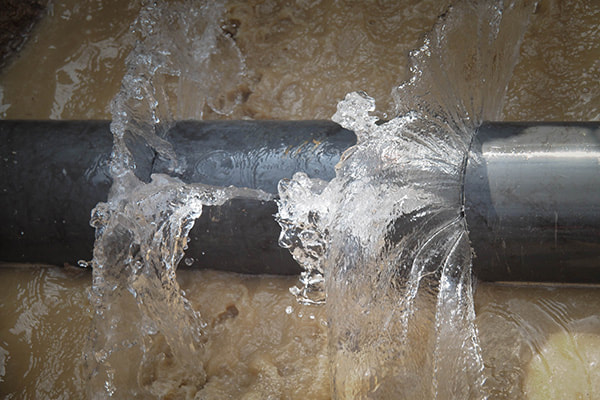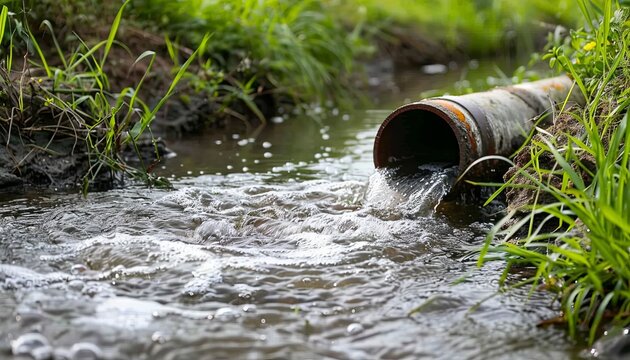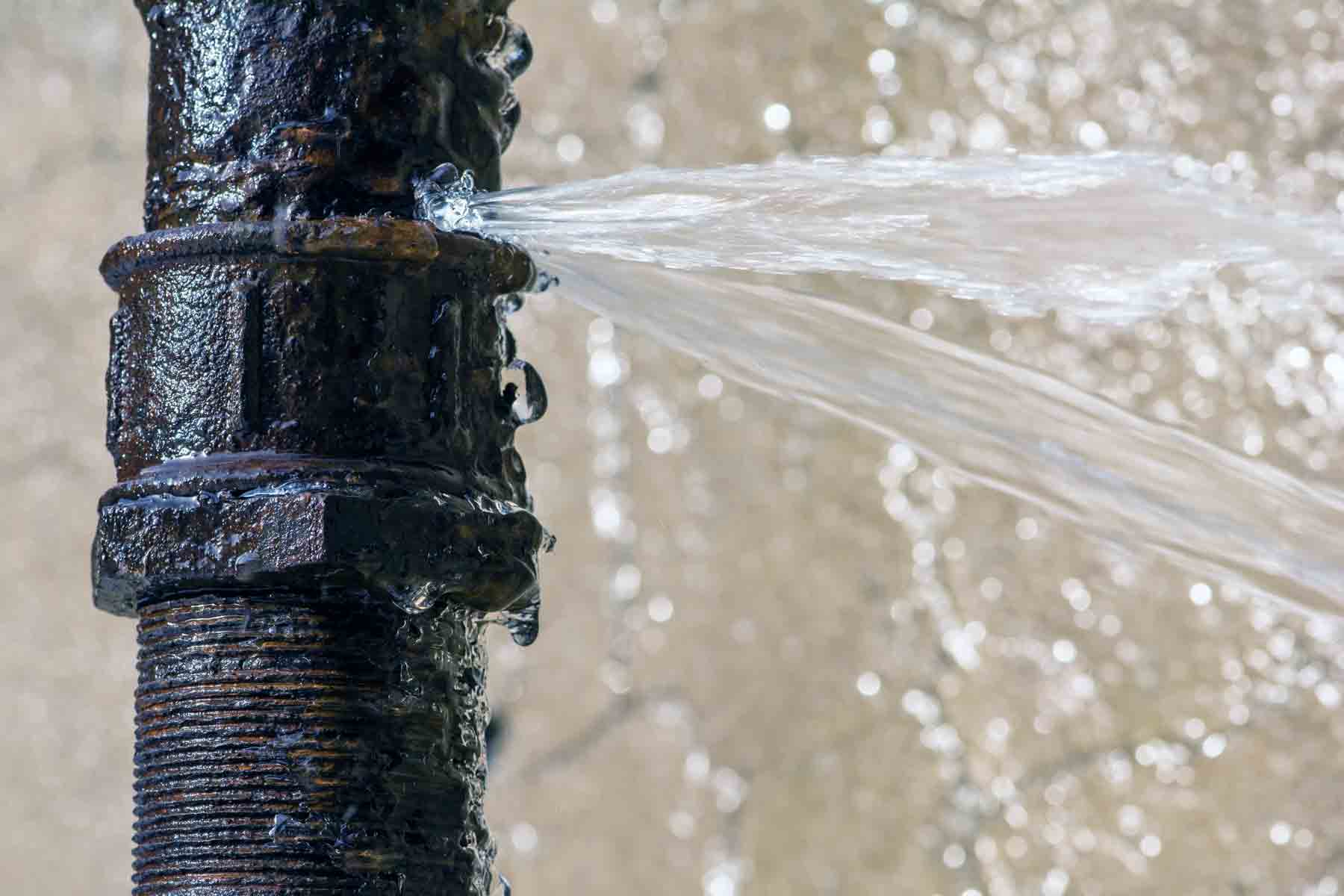Signs of a Burst Pipe: How to Identify and Address the Issue Before It Escalates
Signs of a Burst Pipe: How to Identify and Address the Issue Before It Escalates
Blog Article
Avoiding Ruptured Water Lines: Essential Tips to Safeguard Your Plumbing
Avoiding ruptured pipelines is a crucial concern for house owners, particularly during chillier months when the danger of freezing is heightened. Applying strategic steps such as appropriate insulation, regular examinations, and maintaining regular interior temperature levels can dramatically reduce the probability of pipe failure. Furthermore, recognizing emergency situation procedures equips homeowners to respond promptly to prospective pipes problems. Several are unaware of the specific vulnerabilities that their pipes may face. Exploring these vulnerabilities can supply invaluable insights into securing your plumbing system efficiently.
Understand Pipe Vulnerabilities
Recognizing pipe vulnerabilities is essential for effective plumbing upkeep and protecting against pricey damages. Several variables add to the vulnerability of pipelines to bursts, consisting of material structure, age, and environmental conditions. Older pipes, specifically those made from galvanized steel or polybutylene, usually break down over time, causing enhanced threat of ruptures and leakages.
Temperature level variations can likewise significantly effect pipeline honesty. In chillier environments, water trapped in pipelines can ice up, increasing and applying stress on the pipeline walls, which might ultimately cause a burst. High water pressure can stress pipelines, especially at bends and joints, increasing the likelihood of failing.

Insulate Pipeline Effectively
Proper insulation of pipes is vital for preventing freezing and succeeding bursts during chilly weather (burst pipe). Shielding your pipes system effectively safeguards against temperature level drops that can bring about costly damage. Begin by recognizing susceptible locations where pipes are subjected to outside temperature levels, such as basements, attic rooms, and exterior walls
Use foam pipeline insulation sleeves or wrap insulation tape around these areas to give a safety barrier. Make sure that all areas of the pipelines, specifically those with minimal heat exposure, receive appropriate insulation. Pay unique interest to installations and joints, as these are more susceptible to freezing.
When shielding, it's necessary to pick products that satisfy local building codes and are suitable for the particular atmosphere. Fiberglass insulation is commonly advised for its thermal resistance homes. Furthermore, think about utilizing warm cable televisions or tape in extreme conditions, which can be plugged in to provide supplemental heat
Consistently inspect shielded pipelines for any type of signs of wear or damage, as endangered insulation can lessen its performance. By taking these positive procedures, you substantially decrease the risk of pipeline ruptureds, making certain a trusted pipes system throughout the winter season.
Maintain Regular Temperature
A secure interior temperature is important for protecting against ruptured pipelines throughout the freezing months. When temperature levels decrease, water within pipes can freeze, producing and increasing pressure that might ultimately cause the pipes to burst. To reduce this threat, home owners should maintain a regular temperature throughout their living space, preferably no lower than 55 ° F(13 ° C)Utilizing a programmable thermostat can help take care of interior temperature levels successfully, making sure that rooms with plumbing stay cozy also when your house is empty. Pay special interest to locations that are more at risk to cool, such as garages, cellars, and attic rooms. Maintaining cabinet doors open under sinks can additionally permit warmer air from the home to circulate around pipes.
Additionally, it is sensible to allow faucets to drip somewhat throughout severe cold snaps. This small circulation of water can protect against freezing by alleviating stress within the pipes. Additionally, throughout especially severe weather condition events, think about momentarily putting on hold any nighttime setbacks on your thermostat to maintain a steady cozy atmosphere. By applying these approaches, homeowners can substantially decrease the risk of pipe ruptureds and guard their pipes systems against the rough winter season components.
Routinely Evaluate Pipes
Normal assessments of plumbing systems are essential for avoiding ruptured pipelines and preserving general home integrity. Throughout these examinations, it is important to take a look at noticeable pipes for signs of corrosion, leakages, or use.
In addition, inspecting joints and links is essential, as these points are often vulnerable to leaks. Property owners need to also assess water pressure levels, as excessive pressure can strain the pipes system and boost the risk of pipeline ruptureds.
Consider scheduling professional plumbing evaluations a minimum of annually, especially prior to winter season, to guarantee your system is prepared for chillier temperatures. Routine assessments not only help in recognizing immediate concerns yet likewise foster long-term upkeep techniques that can enhance the life-span of your plumbing system. By being proactive in your strategy, you can guard your home against the turbulent and pricey repercussions of burst pipelines. Prioritizing plumbing inspections is an investment in your house's wellness and safety. original site
Know Emergency Situation Treatments
Comprehending emergency situation treatments is vital for every homeowner, especially after conducting routine pipes evaluations. Being prepared for a pipes emergency can considerably reduce damage and conserve costs.
Next, keep crucial tools helpful. A plumbing emergency kit should include a wrench, bettor, and towels, in addition to a flashlight and a pail for little leakages. Furthermore, consider having the call information for a relied on plumbing conveniently available, must the situation rise beyond your control.
If you identify a leak or burst pipeline, quickly shut off the water supply and inform your plumber. Additionally, document the damages with photos for insurance policy functions. burst pipe. Recognize the indications of prospective plumbing problems, such as unusual water pressure changes or damp places on walls
Eventually, proactive knowledge and speedy activity are critical in taking care of pipes emergency situations, ensuring your home stays secured and decreasing image source prospective damages.

Final Thought
Finally, protecting against ruptured pipes necessitates a multifaceted approach that includes understanding pipeline vulnerabilities, correct insulation, preserving consistent indoor temperature levels, normal assessments, and understanding of emergency procedures. By executing these vital approaches, the threat of plumbing failures can be dramatically minimized, therefore making certain the longevity and efficiency of the plumbing system. Aggressive procedures not only protect against potential damages yet additionally add to general water preservation and the security of home.
In cooler environments, water trapped in pipelines can ice up, expanding and putting click for more in pressure on the pipe wall surfaces, which might inevitably lead to a burst. When temperature levels decrease, water within pipes can freeze, increasing and producing stress that may ultimately trigger the pipelines to ruptured. By applying these strategies, homeowners can significantly minimize the danger of pipeline ruptureds and safeguard their plumbing systems against the rough winter components.

Report this page